Max Ernst (1891-1976)
Get a Ernst Certificate of Authenticity for your painting or a COA for your Ernstdrawing, print or sculpture.
For all your Ernstartworks you need a Certificate of Authenticity in order to sell, to insure or to donate for a tax deduction.
How to get a Ernst Certificate of Authenticity is easy. Just send us photos and dimensions and tell us what you know about the origin or history of your Ernstpainting, drawing, print or sculpture.
If you want to sell your Ernstpainting, drawing, print or sculpture use our selling services. We offer Ernst selling help, selling advice, private treaty sales and full brokerage.
We have been authenticating Ernstand issuing certificates of authenticity since 2002. We are recognized Ernstexperts and Ernst certified appraisers. We issue COAs and appraisals for all Ernst artworks.
Our Ernstpaintings, drawings, prints and sculptures authentications are accepted and respected worldwide.
Each COA is backed by in-depth research and analysis authentication reports.
The Ernstcertificates of authenticity we issue are based on solid, reliable and fully referenced art investigations, authentication research, analytical work and forensic studies.
We are available to examine your Ernstpainting, drawing, print or sculpture anywhere in the world.
You will generally receive your certificates of authenticity and authentication report within two weeks. Some complicated cases with difficult to research Ernstpaintings, drawings or sculptures take longer.
Our clients include Ernstcollectors, investors, tax authorities, insurance adjusters, appraisers, valuers, auctioneers, Federal agencies and many law firms.
We perform Max Ernst art authentication, appraisal, certificates of authenticity (COA). analysis, research, scientific tests, full art authentications. We will help you sell your Max Ernst or we will sell it for you.

Max Ernst has been hailed as the master of Surrealism, and was one of the forerunners of this popular movement. Born in Cologne, Germany, Ernst was originally a student of philosophy at the University in Bonn, but quickly abandoned his studies. At that time, he was interested in psychology and the art of the mentally ill, but his focus eventually moved on to his own artistic endeavors. He would eventually become one of the greatest names in Surrealism and the Dada movement.

Ernst showed his work for the first time in 1912 at the Galerie Feldman in Cologne. His earliest work was Expressionistic in nature. In 1913, he traveled to Paris where he lived and worked for a time. Ernst began to first create Surrealist paintings, prints and collages in 1919 after a meeting with artist Paul Klee. Ernst was essentially self taught, though it is likely that he worked alongside and was helped by other famous artists of the day, such as Klee. Ernst mainly used catalogs and textbooks to create these cut out collages, which he would use to create bizarre quotations for compositions. Ernst would also use found objects, such as in his 1919 collage “Fruit of a Long Experience.”


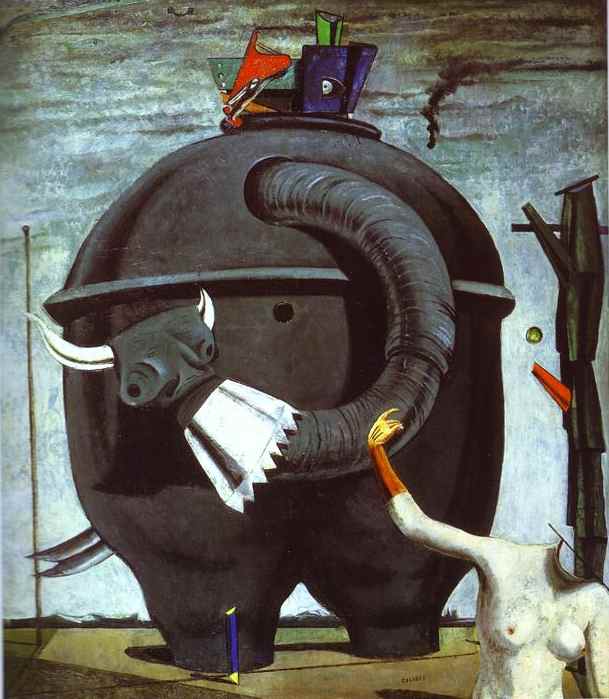
The onset of World War I halted Ernst’s artistic endeavors while he served in the German army; however, serving in the war gave him a great deal of inspiration. After his service, Ernst formed the Cologne, Germany Dada group with Jean Arp and Alfred Grunwald. His paintings during the early 1920’s were brimming with German Romanticism, such as dark forests, ghostlike figures, gloomy caves and cliffs and moonlight dappled landscapes, and were probably a result of his time serving in the war. Ernst would again revisit German Romanticism in the late 1920’s, but with a Surrealist twist.




In 1922, Ernst moved to the Montparnasse region of France, and a few years later began to experiment with an art technique that he called “frottage.” This would become an automatic method used by the Surrealists where they would use a pencil or other drawing tool to rub on paper over a textured surface, therefore creating a “rubbing” imprint on the paper. Later, Ernst would also create the Surrealist technique of “grattage” with Joan Miro, which is the practice of scraping dry paint off of a canvas to create a design.
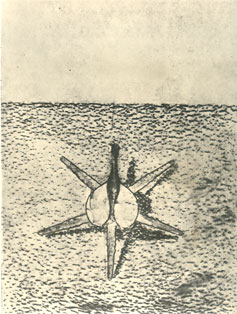
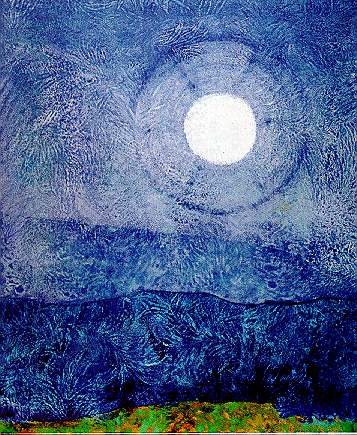
Ernst held his first exhibition of Surrealist paintings in 1925 in Paris. His paintings were often controversial, especially his 1926 painting “The Virgin Spanking the Christ Child before Three Witnesses: Andre Breton, Paul Eluard and the Painter.”

His paintings also took on an erotic tone after he married his second wife in 1927, whom Ernst called an inspiration for all of his paintings that year. In 1930, Ernst also worked alongside Salvador Dali and Luis Bunuel to create the film “L’Age d’or.”
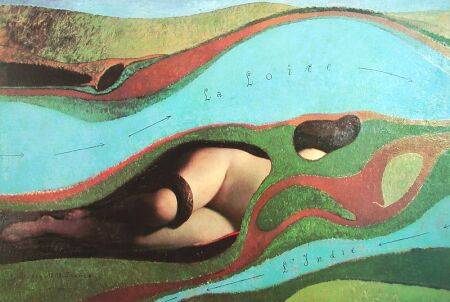
Ernst held his first American exhibit in 1932 at the Julien Levy Gallery in New York City. In 1934, Ernst began to sculpt when he became friends with fellow artist Alberto Giacometti. At the onset of World War II, Ernst was named an enemy alien and was detained in Europe for a short while. However, he was able to escape and flee to the United States with Peggy Guggenheim in 1941. Ernst and Guggenheim were married the following year. However, this relationship also did not last, and Ernst married his fourth wife in a double wedding with fellow artist Man Ray in 1946.
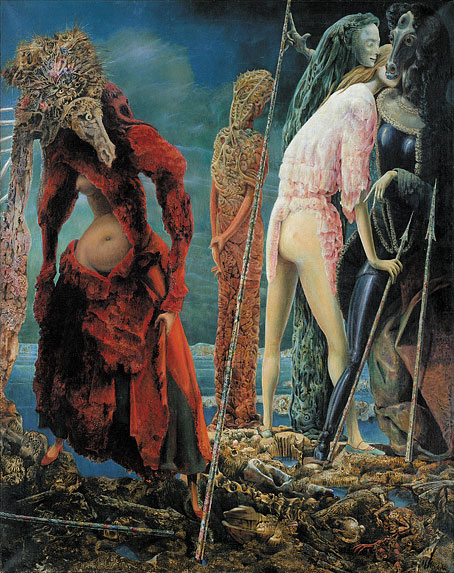
After he fled to the United States, Ernst made America his primary home for many years, living mostly in Sedona, Arizona. While in Arizona, he was inspired by the pictorial landscape, and also created a number of found art sculptures.
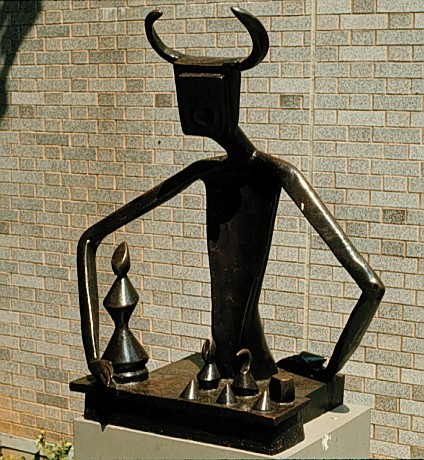
In his early days in the US, Ernst lived in New York City, working alongside other refugee artists like Marc Chagall and Marcel Duchamp. Together, these three were integral in the development of Abstract Expressionism. Despite marrying socialite and art aficionado Peggy Guggenheim, Ernst did not start to achieve a great deal of success as an artist until after their marriage ended. His 1948 manifesto “Beyond Painting” gained him a great deal of notoriety, and he shortly found financial success thereafter.

Throughout his entire career, Ernst had a fixation with birds which translated through onto his canvas. In some of his paintings, he features a character called “Loplop,” a bird-like creature which represents his alter ego, and also served as a narrator for his paintings.



In 1963, Ernst finally moved back to Europe where he lived in a small town in the south of France where he continued to work until his death in 1976. Ernst died in Paris on the day before his 85th birthday, and is buried in the famous Pere Lachaise Cemetary.

Today, Ernst’s work is housed in modern art museums all over the world, and perhaps in your own home. Because Ernst moved around quite often and did not gain notoriety until late in his career, some of his unknown works could be literally anywhere. Furthermore, as a hostile alien in Europe during World War II, many of his pieces may have been seized by the government and are somewhere still in storage, just waiting to be found. Still wondering about a Surrealist collage or painting hanging in your home? Contact us…it could be by Max Ernst.
